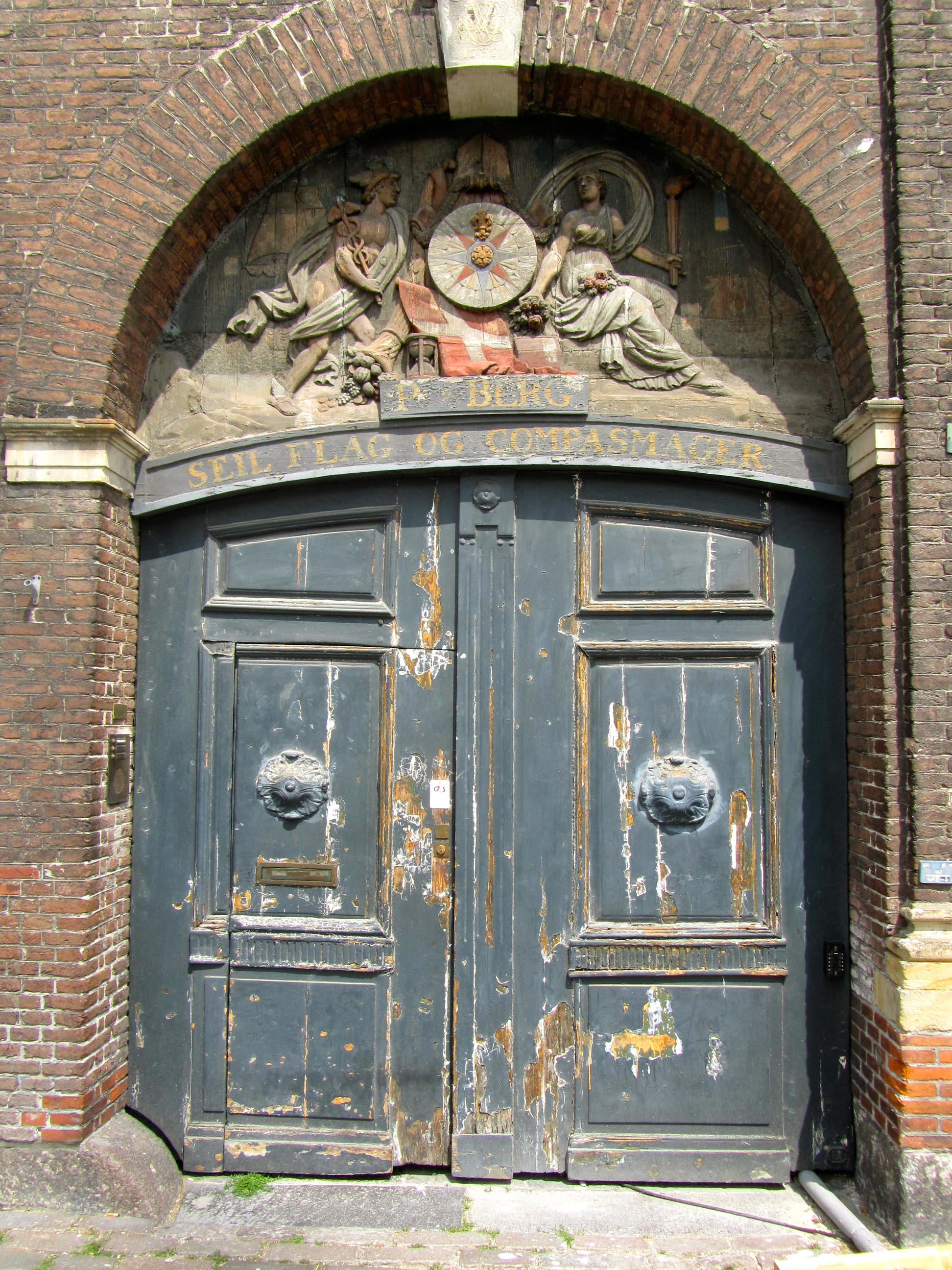I have a question that I keep asking myself – ‘Why is it that some workplaces are committed the being great – and others experience awful things – is it just a question of leadership? This week BRW has published the Great Places to Work of which RedBalloon is very proud to have made it for the 4th time (one of only 13 companies to achieve this.)
In my quest to find out ‘why is it that some are great and some are not great – in fact some are toxic?’ I traveled to the other side of the planet (Copenhagen) to attend the 8th International Conference on Workplace Bullying & Harassment. I heard academics and practitioners working in this important area speak about current research and learning’s.
I find it fascinating that RedBalloon through programs and services builds great cultures in workplaces and yet bullying behavior continues to occur. And it can occur anywhere, any time. There was quite a number of Australians attending the conference of 200 people from around the world. The managing director of Risk to Business, Stuart King told me that his career in policing demonstrated that some members of our community do not always conform nor support community values. He went on to say that as organizations recruit from the community we should not be surprised that some employees may not always conform nor support organizational values.
Professor Emeritus Tores Theorell of the Karolinska Institute, in Stockholm detailed research he had been involved with in Sweden since 1995. He and his colleagues have been researching the incidence of workplace bullying every 2 years. They observed no reduction of experiences of bullying by employees, and a baseline figure of people experiencing bullying at least once a year continues to be observed of between 7.9 – 9.3% for men and between 7.7 – 9.3% for women. Professor Theorell pointed to the importance of leadership in workplaces and observed that in his view autocratic and dictatorial leadership styles were reflected through the research.
Professor Theorell studied medicine and in 1995 was appointed Professor of Psychosocial medicine at Karolinska, and through his studies has observed that employees who rate their leaders as bad have a higher incidence of myocardial infarction – heart attack! Men who report ‘covert coping’ mechanisms at work also experience higher incidence of myocardial infarction. (His expression.) In response to these findings an alternative leadership development program was devised to test the impact of a broad ‘art’ based leadership program where leaders are exposed to literature, poetry, and creative opportunities for expression and other programs aimed to increasing ‘empathy’ of managers. The study found that 18 months after managers had attended the leadership program improved health of employees and the managers resulted. As a painter and lover of art I thought this was an interesting and positive development.
During the conference many thoughts and ideas such as those of Professor Theorell resonated with me, but none more than the brief but powerful commentary from Mr John Collins of the University of South Australia. Mr Collins posed the question; do we treat bullying and harassment behavior of children at school differently than we do of adults in workplaces? At schools for example, we encourage our children to speak out loudly and openly about bullying or harassment and it is usual that a swift and effective response from our educators results from disclosure by targets of bullying. Unfortunately, in many workplaces it appears that we actually discourage adults to speak openly about bullying or harassment at work. If this is true and it seems to be for some workplaces, what can we do to support our people in workplaces? Increased resilience and social skill development would assist at the personal level. Improved policy application and interventions would help, but at the systems level what needs to be done in workplaces?
Many large organisations have established Employee Assistance Programs (EAP) that provides support for employee’s emotional well-being. Research conducted by Zapf & Gross in 2001 first raised concerns about the effectiveness of EAPs as an intervention. Mawdsley, Lewis and Jarvis from the University of Glamorgan found support for that concern through their recent study. They found that accessing EAPs failed to significantly improve outcomes for targets of bullying and harassing behavior. Though they do provide other perceived benefits to employees.
Professor Suzy Fox of Loyola University, Chicago posed the question – ‘Does human resources have a unique mandate to create a bully-free culture?’ Professor Fox said among other things, that HR needs to get a seat at the management table where the issue of behavioral risk may be addressed. Stuart King from Risk to Business commented that if HR is not at the table, then they are likely to be on the menu.
At RedBalloon we are tireless in our commitment to people, and we are authentic about the engagement of our team. I can confirm that in our world of 60 employees there is a correlation between high levels of employee engagement and no evidence of inappropriate workplace behavior. (I believe this is a deep connection to a shared sense of values and community). What I learned in Copenhagen re-affirmed my view that leadership at organization, management and employee levels is fundamental to ensuring a safe, productive and engaged place for people at work.




Leave a comment*All fields are required